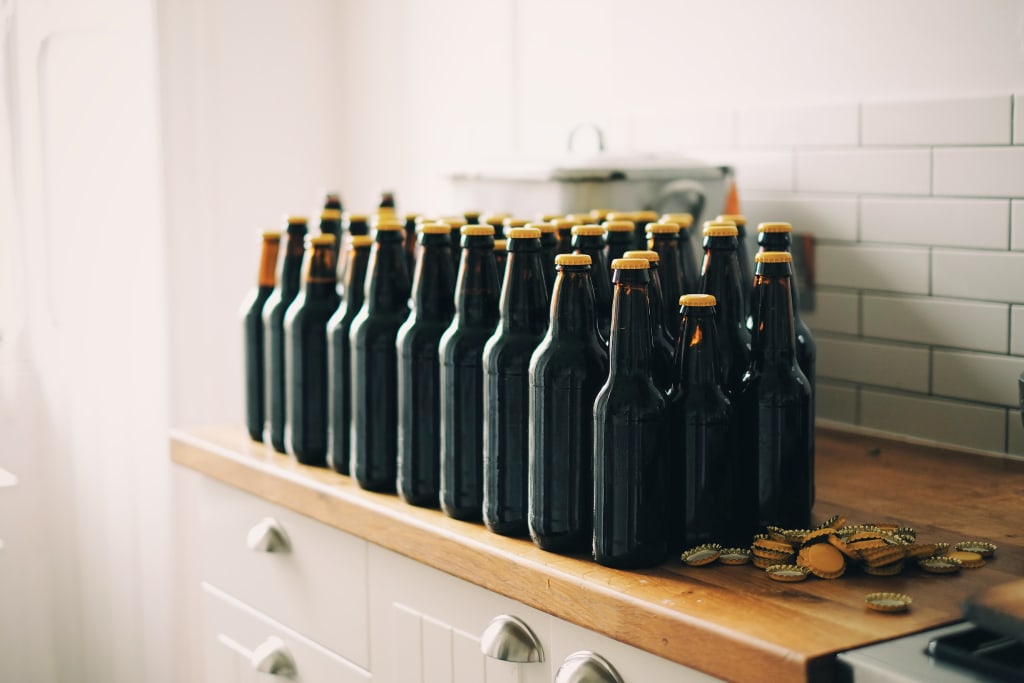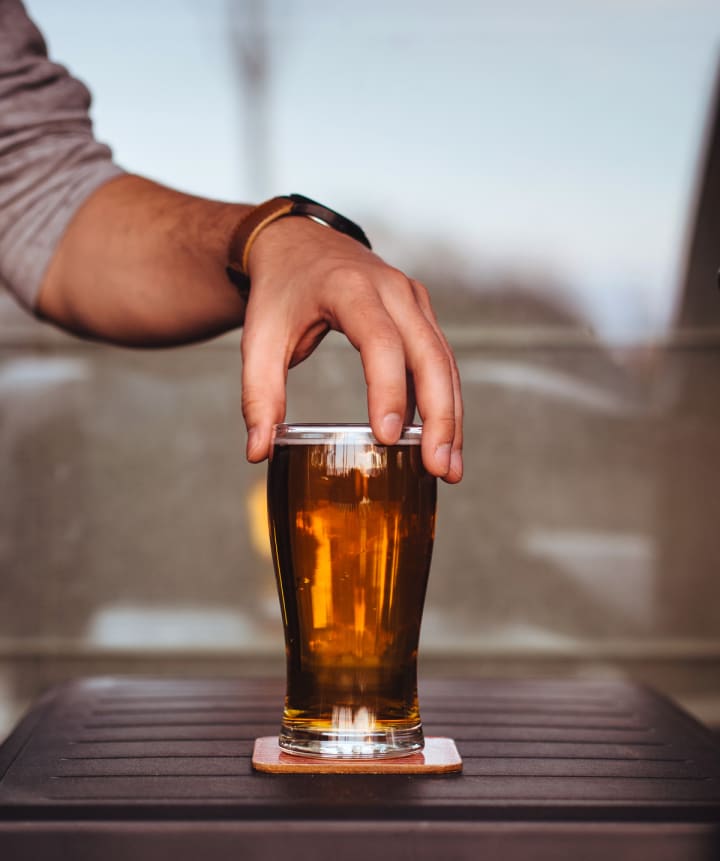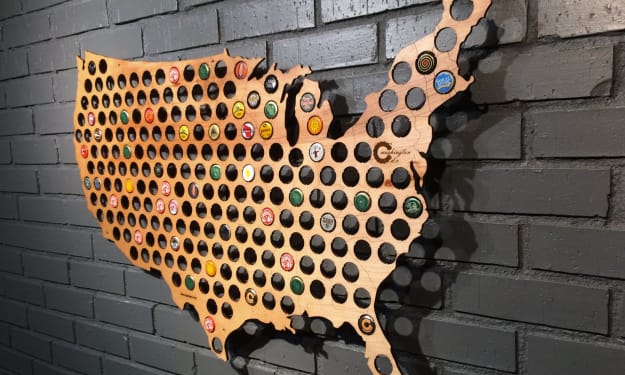Beginner's Guide to Brewing Beer
Mankind has been brewing beer since the start, and, with a few pointers in the right direction, you too can join the legions of people who brew their own beer, young beginner.

Many of us have wondered what it would be like to brew some beer, but very few of us ever have the confidence to start. The idea may birth itself in our minds, but we'll just shrug and go "Well, I don't know how to start, so maybe I ought to just give up now and do something else, like drink beer."
All your anxieties, while understandable, should not prevent you form brewing. Mankind has been brewing beer since the start, and, with a few pointers in the right direction, you too can join the legions of people who brew their own beer, young beginner.
To brew beer, you need a few ingredients and some equipment. It is important to keep in mind that you will need to keep your equipment sanitized and clean before and after use. You're going to need to ferment beer in this stuff, so you need to keep dirt and germs and all that stuff out.
Your basic equipment?
- Heat sources
- Boil pots
- Stirring equipment
- Measuring cups
- Can openers
- Strainer
- Thermometer
- Cleaner and Sanitizer
- Fermenter Bucket and Bottling Bucket
- Airlock and Bung
- Racking Cane
- Bottle Filler and Bottle Brush
- Bottles, Bottle Baps, and Bottle Capper
These are necessary to start brewing. Most brewing kits you can order online sell them together. All of that is provided in the starter kit above.
That's what you will need to start brewing. However, you will also need the following ingredients:
- Malt Extract
- Hops
- Yeast
- Water
- Priming Sugar
All of that is far easier to buy.
Simple Recipe

The following recipe is a simple beer brew for a beginner to try. After doing this, beer brewing will become an easy matter for you.
First, boil a gallon of water in a pot. Once it starts boiling, take it off the heat, and stir in malt extract. Be careful not to let it gather at the bottom. Once the malt has completely dissolved into the water, put it back on the heat.
Once it's boiling, dump in your hops. Typically speaking, hop labels will tell you how long to boil the beer with the hops.
After boiling for 30 or so minutes, based on the label, and letting it cool for five, pour the mort (yes, that's what your current concoction is called) into the sanitized fermenter bucket. Then, add water so that the fermenter is occupied by five gallons of liquid.
Once the mixture cools to 70 degrees Fahrenheit, add in yeast. Then, seal the fermenter with a sanitized lid, bung, and airlock. You need to sanitize everything!
Give it a shake for a minute or two to oxygenate the mixture... and then you wait.
Storage
You are going to want to leave your fermenter alone for a week or two. In that meanwhile, you want to put it in a place where no one is going to touch it. Your garage. A closet no one uses. You don't want to disturb the mixture or knock it over for two weeks.
You want to keep the fermenter between 65-75 degrees, so make sure the location isn't super hot or cold. That will disturb the fermenting process, as will soiling the fermenter in any fashion.
Now, the airlock after two or three days should be bubbling. That's a sign that the mort is fermenting. If you see that, you're doing good so far. Pat yourself on the back.
Priming
After the third week, it is time to store your mixture—now beer—in bottles. Before you do that, however, you need to prime the beer. Doing this will carbonate the beer again.
Start by boiling two cups of water on the stove top. You want to use one ounce of sugar for every gallon of beer you're making. After boiling for 10 minutes, dump the sugar-water into the fermenter with the beer.
Bottling
You now have beer! But you need to put it in bottles.
To start, you need to transfer the beer from the fermenter into a bottling bucket. You can do this using the racking crane (or an auto-siphon). You want to avoid transferring any solid stuff at the bottom of the fermenter bucket into the bottling bucket. Swirl the beer in the bottling bucket to keep everything mixed and nice, especially after priming.
Remember that everything must be sanitized and clean.
Once your beer has been transferred, you pour it into the bottles you have. You will need to put a tap into the bucket, and, from there, transfer it into the empty bottles you have been keeping (sanitized) for this moment. Leave an inch of empty air from the top. Use the capper to put the caps on the beer, and... you're in business.
About the Creator
Paul Barker
Avid home brewer... between taking out the trash and tending to his Honey-Do list.






Comments
There are no comments for this story
Be the first to respond and start the conversation.